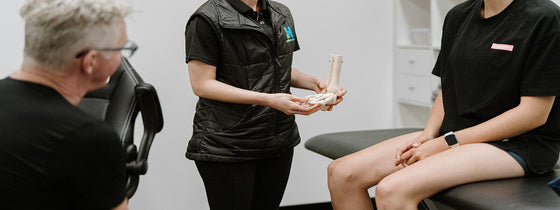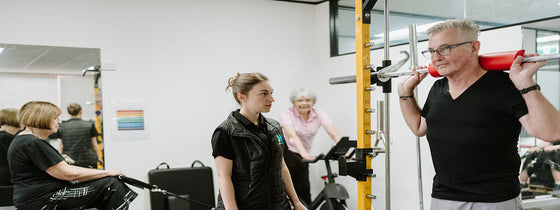The time has come for a return to football training for another gruelling pre season. For some, football season is a distant memory having missed out on finals in 2019, for others it might feel like footy season has only just finished after a long finals campaign. We are going to try and give you a few practical tips to make sure these first few weeks back are injury free and enjoyable.
So how is it best to approach this? Throw yourself head on into all of the running, drills and skill work or ease yourself back in?
The answer to this is probably dependent on how you have been spending your time off since season 2019 concluded. If you are one of those people who has been diligent in keeping up with their running and strength work throughout this time, you will probably have maintained your conditioning to a level where you can handle just about anything the coaches throw at you. If however, you have taken the time since football to enjoy some time off from exercise filled with footy trips, presentation nights and thinking about just about anything other than footy, you might need to approach things slightly differently!
Tips:
Hopefully these very simple tips will help you survive the initial weeks of pre season – getting through that training block before the Christmas break is important to setting yourself up for a successful and injury free upcoming season!

OHL is integrating a new athletic screening assessment into its practice to further enhance our community's sporting ability. This screening assessment combines range of motion, strength profiling, force deck analysis, and subjective training status to give athletes a comprehensive performance snapshot. By establishing a baseline and identifying key areas for improvement, we can tailor your training to enhance performance, provide insight on key metrics, and stay resilient throughout the season. Whether you're preparing for preseason, managing midseason demands, or simply aiming to train smarter, this assessment delivers the data-driven insights you need.

If you're experiencing back or neck pain with neurological signs and symptoms, a thorough neurological examination is crucial for accurate assessment and effective treatment. In this Optimal Tip learn more about what we mean by completing a neurological exam!

Squats, deadlifts, and calf raises are key movement patterns that should be part of every strength and conditioning program—regardless of age and activity level. These functional movements support joint health, improve posture and balance, and reduce the risk of injury while building strength where it matters most.